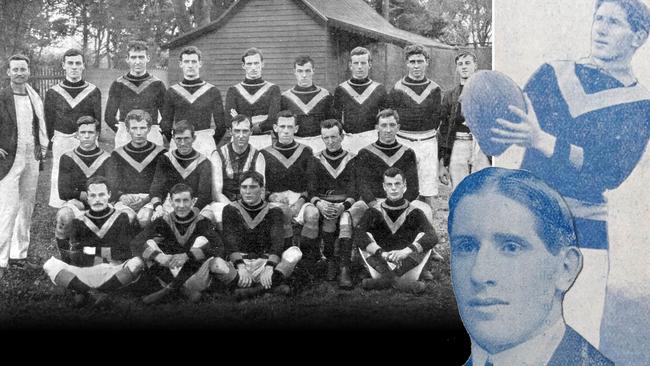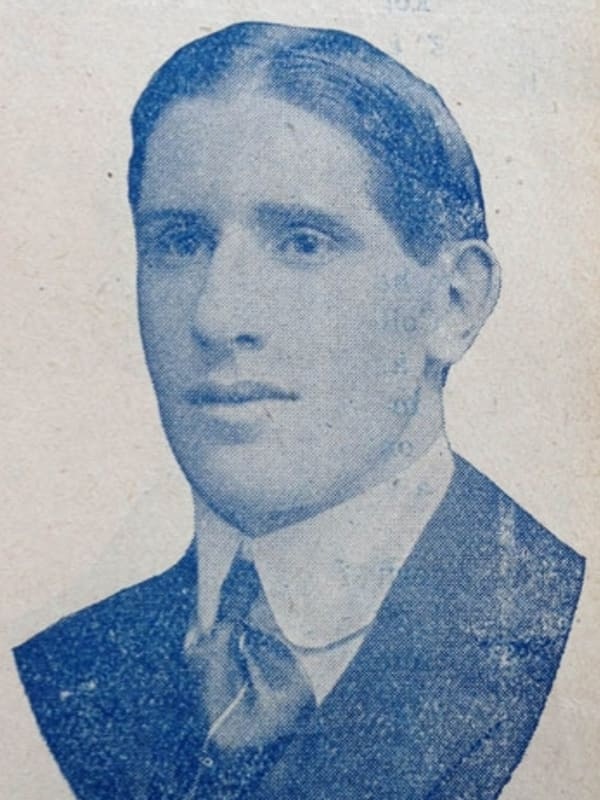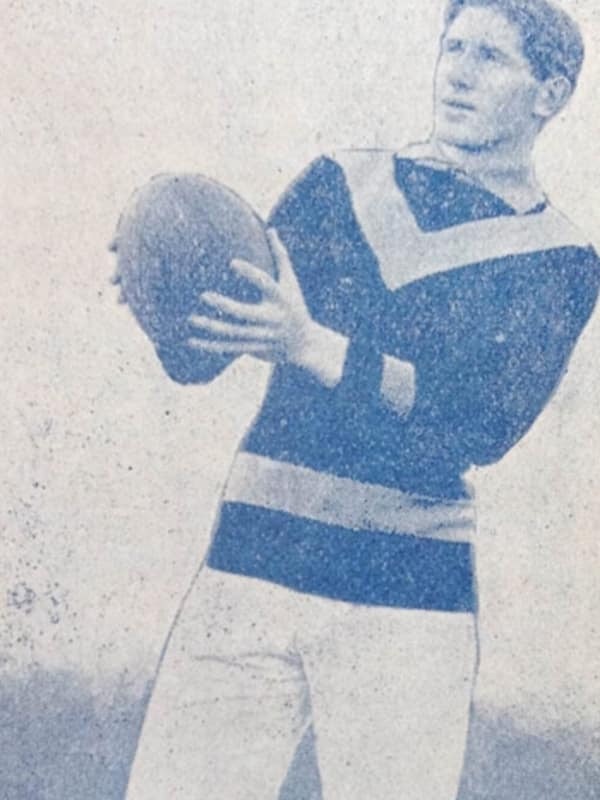University Football Club: how money, war caused its VFL extinction
University, one of Australia’s oldest footy clubs, had high hopes of success in the VFL more than a century ago before money and war cruelled its lofty ambitions.

AFL
Don't miss out on the headlines from AFL. Followed categories will be added to My News.
It was only a VFL team for seven seasons, and is the only team to have withdrawn from VFL/AFL competition, but there’s an interesting tale in the entry and exit of the University Football Club from the VFL more than 100 years ago.
HOW RICHMOND BECAME A POWERHOUSE
WHY COLLINGWOOD STIRS EMOTIONS LIKE NO OTHER CLUB
CAN CARLTON’S NEW BREED HELP RECREATE GOLDEN YEARS?
ORIGINS
Melbourne and Geelong are lauded as among the oldest organised football teams in the world, but the Melbourne University Football Club should be remembered alongside them.
These days a long-time member of the Victorian Amateur Football Association, University should also be remembered as former members of the elite Victorian Football Association and Victorian Football League competitions.
University — known as the Students, the Shops or the Professors — was established by present and former University of Melbourne students in 1859, its first match played against St Kilda in June that year.

It had its first big win at the Caledonian Games in Melbourne in 1861, defeating Melbourne with only a single goal to win the first ever trophy for Australian rules footy.
University competed in a range of lower level competitions but had ambitions to hit the big league and, alongside Richmond, it was admitted to the elite competition of the day, the VFA, in 1885.
It lasted in the VFA until 1888, winning five matches and drawing five others out of 70 VFA matches — and four of those wins came in season 1887.
DIFFICULT TIMES
Struggling to field a team and having to forfeit some games, it withdrew from the VFA. It faced tough times again in the Metropolitan Junior Football Association in the 1890s, and also competed in the Colleges Football Association and the Metropolitan Football Association.
There, the Students hit their stride, winning back-to-back flags in 1906 and 1907 before the team was admitted to the VFL in 1908 — the same year Richmond was admitted to the premier footy competition.
Its home ground at the time was the East Melbourne Cricket Ground, where it was a tenant of the Essendon Football Club until it switched to the MCG, which it shared with Melbourne.
The team stood out in black guernsies with a mid-blue chevron — its team colours today.
The Students were also staunchly amateur. In an era where players and some officials on many teams were paid, no-one ever received a penny from University to take the field.
Its first three seasons in the VFL didn’t exactly set the world on fire. The Students placed sixth in its debut season in 1908, seventh in 1909 and sixth in 1910 in the 10-team competition.
From 1911 to 1914, it won the wooden spoon each season.


THE BEGINNING OF THE END
The death knell for University came in 1911, when VFL delegates voted 16-4 to remove the rule preventing player payments.
Each of the 10 VFL teams had two delegates each. University and Melbourne were the only two teams that opposed this new move towards professionalism.
Some of University’s better players drifted away.
Mid-year exams also hampered the team’s competitiveness, given that many of its players were students at the University Melbourne.
University’s last win before the club withdrew from the VFL at the end of the 1914 season was in round three, 1912, against Richmond.
It won only one match in 1911, against St Kilda in round two.
The Students’ went winless in 1913 and 1914.
In 1913, this was despite the best efforts of Roy Park, who booted 53 goals and was the highest goal-kicker in the VFL that year. The entire University side managed a total of only 113 goals in 1913.
When the club withdrew from the VFL after the 1914 season, it sent many of its players to the Melbourne Football Club. Its MCG cotenants were also staunchly amateur at the time.
A gentlemen’s agreement between the clubs aimed to keep University’s best players together in the amateur ideal.
IMPACT OF WORLD WAR I
By then, Australia had followed Great Britain into the Great War, further dampening any hopes of a University revival in the VFL.
University paid a hefty price during the Great War. Of the 112 men who played at least one match for University in its VFL years, 19 were killed while on active service during the war.
They included George Elliot, a 79-game veteran of the club and its longest serving captain. Elliot, a surgeon, killed while serving with the AIF in Ypres, Belgium, in 1917.
The Students weren’t a success on the VFL field. They never made the finals, let alone competed for the premiership.
It won only 27 of its 126 matches, drawing two others and losing 97 games including its last 51 games in a row. But the team managed a win over every other team except Collingwood, which was the strongest team of the era. Still, University held the Magpies to a draw once.

In the summer of 1919, University decided not to reapply for VFL membership but instead offered two teams for the new Victorian Junior Football League, a forerunner to the seconds competition.
The Students’ A team, which became known as the Blacks, was defeated by Collingwood in the VJFL grand final in 1919 and 1920.
The B Team, the Blues, withdrew in 1920 and joined the Metropolitan Amateur Football Associated, the forerunner to the modern Victorian Amateur Football Association. The Blacks followed the Blues to the MAFA in 1921.
UNIVERSITY (VFL members from 1908 to 1914)
VFL Premierships: 0
VFL games played/won/lost/drawn: 126 matches, 27 won, 97 lost, 2 drawn
Longest serving captain: George Elliot (1911 to 1912)
Longest serving coach: Gerald Brosnan (72 games from 1010 to 1912, and 1914)
Longest serving player: Bert Hurrey (101 games from 1913)
Brownlow medallists: 0
Want our stories sent straight to your inbox?
Sign up for free newsletters, direct to your email inbox, to stay on top of the latest Victorian news, footy, food reviews and opinion from heraldsun.com.au. Choose from 11 newsletters including morning and afternoon headlines, food news, footy and get the Herald Sun front page the night before. Click here to sign up.


